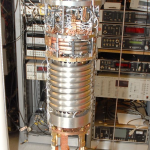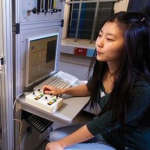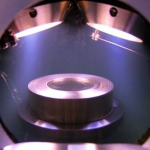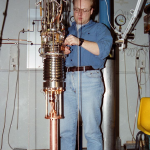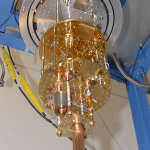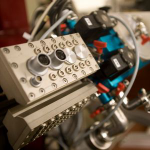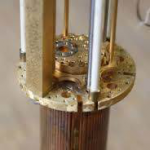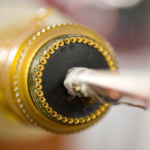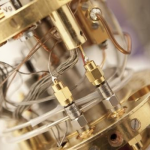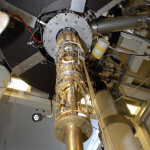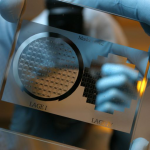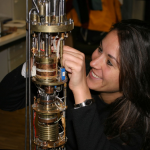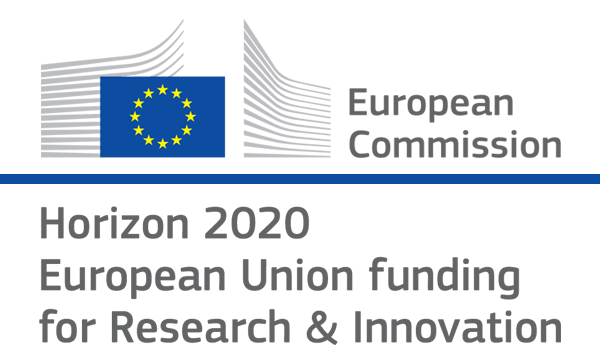

- Photon Transport in a Bose-Hubbard Chain of Superconducting Artificial Atoms
G. P. Fedorov et al., Phys. Rev. Lett. 126, 180503 (2021) - Path-Dependent Supercooling of the
He3 Superfluid A-B Transition
Dmytro Lotnyk et al., Phys. Rev. Lett. 126, 215301 (2021) - Superconductivity in an extreme strange metal
D. H. Nguyen et al., Nat Commun 12, 4341 (2021) - High-Q Silicon Nitride Drum Resonators Strongly Coupled to Gates
Xin Zhou et al., Nano Lett. 21, 5738-5744 (2021) - Measurement of the 229Th isomer energy with a magnetic micro-calorimeter
T. Sikorsky et al., Phys. Rev. Lett. 125 (2020) 142503
Noise thermometry at ultra-low temperatures
D. Rothfuss, A. Reiser, A. Fleischmann and C. EnssThe options for primary thermometry at ultralow temperatures are rather limited. In practice, most laboratories are using 195Pt NMR thermometers in the microkelvin range. In recent years, current sensing DC-SQUIDs have enabled the use of noise thermometry in this temperature range. Such devices have also demonstrated the potential for primary thermometry. One major advantage of noise thermometry is the fact that no driving current is needed to operate the device and thus the heat dissipation within the thermometer can be reduced to a minimum. Ultimately, the intrinsic power dissipation is given by the negligible back action of the readout SQUID. For thermometry in low- temperature experiments, current noise thermometers and magnetic flux fluctuation thermometers have proved to be most suitable. To make use of such thermometers at ultra-low temperatures, we have developed a cross-correlation technique that reduces the amplifier noise contribution to a negligible value. For this, the magnetic flux fluctuations caused by the Brownian motion of the electrons in our noise source are measured inductively by two DC- SQUID magnetometers simultaneously and the signals from these two channels are cross-correlated. Experimentally, we have characterized a thermometer made of a cold-worked high-purity copper cylinder with a diameter of 5 mm and a length of 20 mm for temperatures between 42 μK and 0.8 K. For a given temperature, a measuring time below 1 min is sufficient to reach a precision of better than 1%. The extremely low power dissipation in the thermometer allows continuous operation without heating effects.
Phil. Trans. R. Soc. A 20150051 (2016)
doi: 10.1098/rsta.2015.0051
